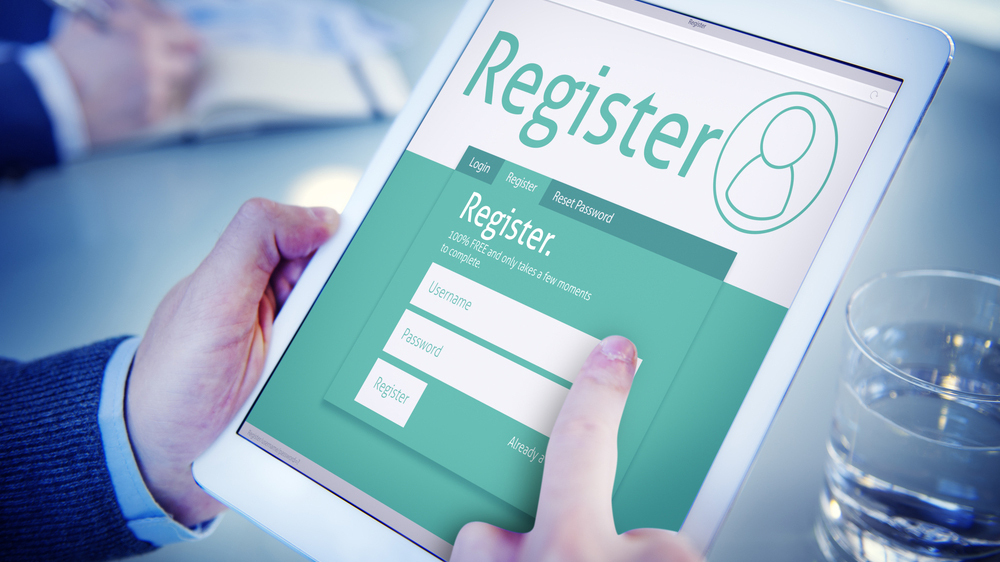How to Use Birthday Marketing to Get NEW Customers Fast
Ahhh, it’s that magical time of year when the ones you love break out the wine and bake a cake to celebrate… you!
Yep, it’s your birthday.
While many of us cringe at the thought of turning yet another year older, it’s OK to admit that deep down, you kinda like the extra attention. And guess what? Chances are that your customers do too, which presents a very unique marketing opportunity for your business. While they are busy celebrating with friends and family, why not give them something they’ll TRULY love: a discount or a birthday “reward.” It’s a quick and inexpensive way to build customer loyalty – and is something that probably won’t be forgotten anytime soon.
With 2016 already here, now is the perfect time to start a birthday marketing campaign. It’s proven to yield double digit response rates (that’s 10 times the national average) and by following the 4 simple steps we’ve outlined here, your campaign will be ready to launch in no time!
STEP 1: Define Your Hook
Before you start thinking about the size and design of your birthday send-outs, the first thing you need to do is to define your birthday promo. The quickest – and easiest – way to do this is to put yourself in your customer’s shoes. So, grab a cup of coffee, sit back in your chair and brainstorm a bit: if you were checking your mail a few days before your birthday and saw something from one of your favorite local businesses, what type of promotion would REALLY stand out and pique your interest?
- If it’s from a spa or salon, perhaps it’s a free service or plan a spa birthday day with friends.
- If it’s from a restaurant, maybe it’s a BOGO or even a free or meal (BTW…The free dessert doesn’t get anyone in the door.)
- If it’s from the local pub, a free drink on the house may be enough to whet your whistle.
- If it’s financial planner, certain key financial decisions are made after specific birthdays
Or maybe you just want to get in the good graces with your customers and just say Happy Birthday! That really does go a long way to maintain loyality.
The options with your promotions are endless. It’s important to note, however, that the type of promotion you use needs to speak to your customer base while aligning with your business goals if you expect to see a positive ROI with this type of marketing campaign.
STEP 2: Nail the Timing
Timing is everything. While there are certainly worse things than receiving a belated birthday wish, its impact won’t be nearly as effective. When sending out your birthday promos, plan things out so that your customers will receive them as close to their actual birthdays as possible. If “better late than never” is one of your mantras – or if you really just want to think outside the box – there ARE clever ways you can get away with sending out a promo after your customer’s birthdays have passed, however. For example, if you’re a spa owner, you might use something like:
Another birthday has come and gone.
You’re another year older.
Another year wiser.
And your muscles are another year achier.
Stop by today for your FREE 15-minute massage!
Just keep in mind that if you’re sending out your birthday promos after your customer’s birthdays have passed, it’s something that should be done intentionally and clearly referenced in your messaging.
STEP 3: Focus on the Details
The end goal of a birthday marketing campaign is to attract new customers and/or improve current customer engagement and loyalty. Attention to detail, both big and small, is a critical piece of the puzzle and there’s one very basic thing that can jeopardize your entire campaign: misspelling your customer’s name. Digital printers use technology called variable data printing to imprint the birthday recipient’s first name on the card to give it that extra special touch. However, if you’re not sure about someone’s name, don’t take chances: sending out a generic greeting is a much better option than printing the wrong name.
Also, if your birthday promo features an offer or reward, include a clear expiration date. This will prevent awkward situations from arising should your customer try to take advantage of your offer AFTER it’s already expired. No one likes visiting a business to take advantage of a promo, only to be declined. It’s embarrassing, a bit demeaning – and will have the complete opposite effect that you were shooting for here.
Step 4: Be Sensitive
A good rule of thumb is to avoid mentioning your customer’s age or other specific details since this can lead to trouble, especially if your customers don’t find “aging gracefully” to be graceful at all. No one likes having their personal information out there for the world to see, so it’s best to stick to the basics: name and promo.
A birthday marketing campaign is simple and easy way to engage with each one of your customer’s on a more personal basis. And the good news is that by embracing the 4 steps outlined here, the planning process will be a quick and painless one.
Need help with birthday marketing ideas or design? We can even run a count on how many upcoming birthdays are around your business. Just give us a jingle today! 877-222-6010 or by email at okiam@prospectsplus.com












